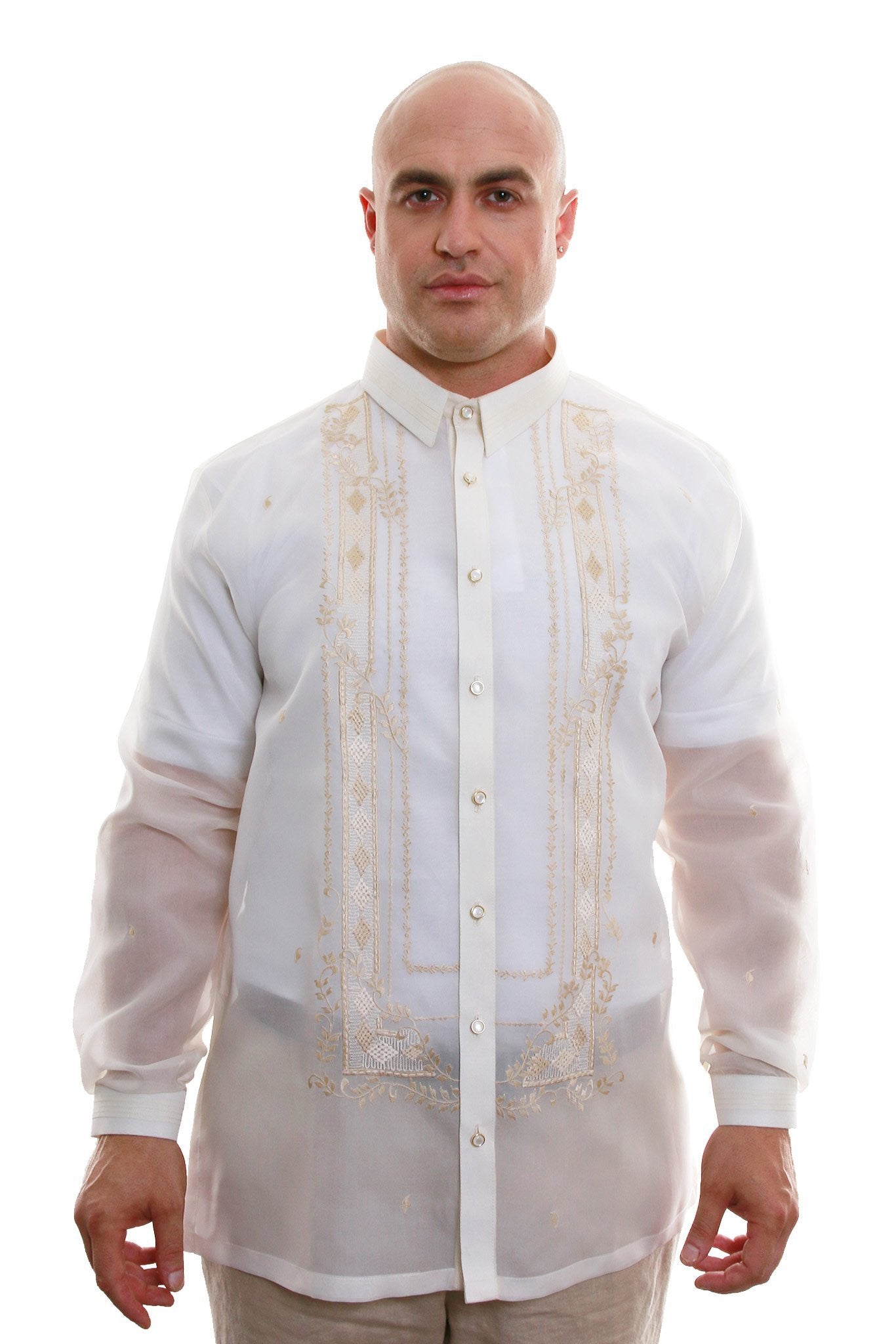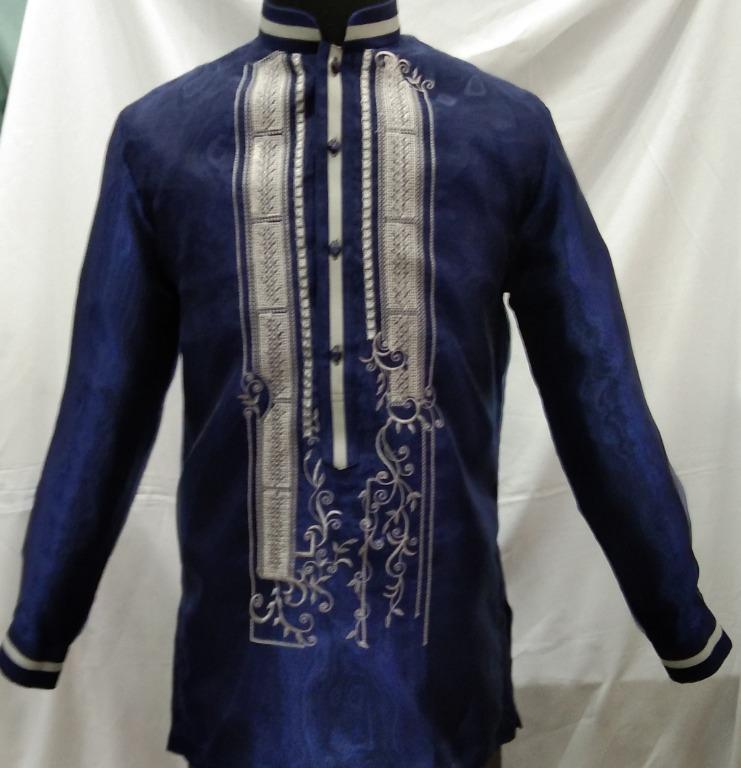Some Known Factual Statements About Barong Tagalog Dress
Table of ContentsBarong Tagalog For Women Can Be Fun For AnyoneThe Buzz on Modern Barong TagalogIndicators on New Style Barong Tagalog You Should Know

It includes the enclitic suffix -ng which indicates that it is customized by or customizes the following word. The origin word of barong is the Tagalog word baro, indicating "clothing" or "clothing". The term is generally not exploited. Though "barong tagalog" actually converts to "Tagalog clothing", the "tagalog" in the name does not indicate that it was a kind of outfit special to the Tagalog individuals, as opposed to other Philippine ethnic groups.
Instead, the name was coined to differentiate the dress as indigenous (for this reason "tagalog", i. e. ), as opposed to the styles of dress of Europeans and various other international cultures.
Barong tagalog can vary substantially in terms of style and product used, however they share common qualities of having long sleeves, needlework, being buttoned (halfway or straight down the upper body), as well as the lack of pockets. They are likewise used freely and have slits on both sides. Historically, the product used for barong tagalog depended upon the social class of the user and also the procedure of the event.
Facts About Filipino Barong Tagalog Uncovered

The top quality of the material and the complexity of the needlework were usually indications of the status and also riches of the wearer. The embroidery of the barong tagalog are commonly put on a rectangle-shaped area on the front of the upper body (called pechera, "shirt front", from Spanish pecho, "upper body"), and/or over the entire t-shirt (sabog, from Tagalog for "scattered"). Source.
History [modify] Pre-colonial age [edit] The barong tagalog originated from the Tagalog baro (literally "t shirt" or "clothing", additionally called bar or bay in various other Philippine languages), a simple collar-less tee shirt or coat with close-fitting lengthy sleeves worn by both males and ladies in a lot of ethnic teams in the pre-colonial Philippines. These were made from rough linen-like towel woven from native abac fiber, or from imported textiles woven from silk, cotton, and also kapok, to name a few. Amongst Tagalog guys, they were generally coupled with a rectangle of richly embellished cloth referred to as the salaual or salawal worn knee-length and created in the center (like an Indian or Thai as well as Cambodian ); while in females they were combined with a wraparound skirt referred to as the.
, aside from comparable baro (which had shorter sleeves) and also salaual mixes, men likewise wore colorful robe-like and also coat-like variations that might expand to well listed below the knees (recognized as the marlota and also baquero in Spanish, specifically). These were often belted at the midsection.

An Unbiased View of Where To Buy Barong Tagalog
The couturier Jose "Pitoy" Moreno has assumed that this transitional design of shirt was the camisa de chino of later centuries, that makes it a forerunner to the barong tagalog. Representations of participants of the upper classes (including natives as well as) in the 18th century revealed that they usually put on European-style clothes. learn this here now.
These were a lot longer than the modern barong tagalog, reaching down to slightly above the knees. They were also commonly candy striped with vibrant shades like blue, red, or green. Nonetheless, they already presented trademarks of the modern-day barong tagalog, Going Here including being made of large nipis material, embroidery, lengthy sleeves, as well as a loose shape with slits on both sides - a knockout post.
The large material utilized by barong mahaba also demanded the putting on of an underwear, called camisn or camiseta, which was likewise endured its very own by commoners. By the 1840s, barong mahaba mostly fell out of style. In this period, it evolved right into the modern-day "classic" barong tagalog, being much shorter with much less extravagant folded collars, while still retaining the sheer material as well as various other baro characteristics.